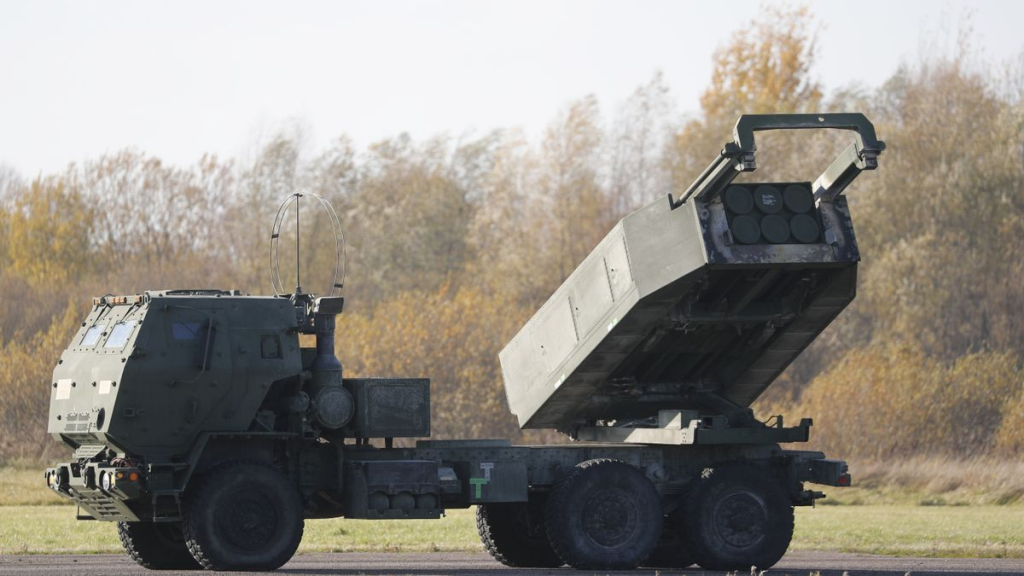Introduction.
Reactive artillery has changed a lot since the Soviet times of World War II. That the so-called Soviet Katiuskas rockets scattered fear among their enemies. For its persistence, simultaneity and its fire wake and noise when flying. Its range was 4 to 5 km. and the carrier truck weighed about 5 tm.
It consisted of a military truck on which was placed a battery of 10 or 12 tubes rocket launchers of caliber of the order of 80 to 122 mm. The battery was fixed in the direction of the front of the truck and it was oriented towards the target. Several rocket trucks formed the smallest tactical support unit.

«No matter how long a man is exposed to bombing. He will never be immune to fear of it. Machine gun or rifle fire can be frightening, but it cannot be compared to the sensations that fill the throbbing hearts of men, when the sounds and whistles of aerial and terrestrial bombs are perceived approaching». F. Mowat. The Regiment. Toronto, 1955. pp. 162-163.
Another example of a weapon designed both to demoralize with this said effect, and to cause damage and casualties, was the Junkers-87, known as the Stuka. Their sirens were placed to produce a terrifying high-frequency screech as they dive over the target at high speed. A British officer described the effect of the weapon during a dive bombardment received by his men in the spring of 1940, which caused only ten injuries and destroyed three trucks: «The boys were completely broken. After the bombardment, the officers and some sergeants got up and tried to restart the activities. But, the men were lying or sitting in complete daze. And it was necessary to push or drag them to wake them up.” L. Deighton. Blitzkrieg: From the Rise of Hitler to the Fall of Dunkirk. London, 1979. Page 247.
Well, but what you are telling us happened a long time ago, with normal forces.
Well, let us point to the repeated case of a battalion-type or multi-company infantry unit, dismounted, deployed, and advancing to the attack. That, in several cases, they were units such as the Guards or the Highlanders, considered among the best in the world. As soon as it was subjected to effective fire from the enemy and suffered some casualties, especially if they were some officers and non comissioned officers, it would freeze on the ground and stick to it. It immediately transmitted that it had been pinned down and requested reinforcements to get out of trouble, unable to react on its own. General Richard Simpkin. Race to the Swift. London, 1994. Page 214.
Tactical utilities.
The advantage with conventional artillery is that its barrels have to withstand the tremendous explosion of smokeless powder. This initial push along the barrel is what propels the bullet throughout its mileage travel up to target. Those rifled barrels require advanced metalworking and the explosions and bullet paths coming out of the barrels wear them down quickly and need to be replaced.
In reactive artillery, the cannon is replaced by the launcher or rail that directs the rocket towards its target. This is impelled by propellant at the rear, behind the warhead. The fiery trail of the booster is perfectly visible during launch and part of the flight.

This flight was governed by ballistic physical laws. There was no direction of flight, once the rocket was flying off the ramp.
These reactive artillery fires were not very precise. They were really designed to neutralize the enemy located on a surface target, which generally became a zone of destruction. The fires were directed at open, non-urban land.
Soldiers placed in individual or group positions with adequate cover or fortifications survived well.
Evolution.
The Soviets liked this artillery, which was part of their doctrine of using abundant and overwhelming heavy fire in breakout operations of the enemy fronts.
The Katiuskas were replaced by the Soviets with the BM-24 reactive launchers, first, with about 7 km. range, and BM-21, from 1964, with a range of 15 km. The configurations were the same, a bank or batteries of free-flight rocket launchers loaded in the back or gondola of a truck.
HIMARS system.
Other nations began to be interested in this type of weapon. Looking for more precision and combat readiness of vectors. To obtain a plus of efficiency and utility against the Russian armament.
We see that in the name they mention its improved mobility and they do not do it with its precision. When it is what stands out to crush very sensitive enemy targets and, above all, specific ones, such as parts of the logistics system, communications, command posts and concentrations of enemy offensive means.

The secrets of success are multiple and act in synergy to achieve their effectiveness. One is that the rockets have a modern and sophisticated MILITARY GPS system. That allows the rockets to be directed precisely to the indicated target, in a directed flight. The effective range of simple multiple rockets is about 90 km.
Then there is the suspension system of the all-terrain trucks, with less than 11 tms of weight, which allows the rapid movements of the truck on not very rough terrain. And the handling is clean and fast. The reloading of the 6 rockets of a mobile platform is completed in 10 minutes.
The Russians in the Ukraine try, usually in vain or too late, to locate the Ukrainian HIMARS batteries using drones. To annoy the Russians, the Ukrainians use fake HIMARS launchers and continually change the location of the real ones.